Edible Films Coatings Market Summary
As per MRFR analysis, the Edible Films and Coatings Market was estimated at 2.496 USD Billion in 2024. The Edible Films and Coatings industry is projected to grow from 2.708 USD Billion in 2025 to 6.123 USD Billion by 2035, exhibiting a compound annual growth rate (CAGR) of 8.5 during the forecast period 2025 - 2035.
Key Market Trends & Highlights
The Edible Films and Coatings Market is experiencing robust growth driven by sustainability and health trends.
- North America remains the largest market for edible films and coatings, reflecting a strong consumer preference for sustainable packaging solutions.
- The Asia-Pacific region is emerging as the fastest-growing market, propelled by increasing demand for innovative food preservation methods.
- In the protein segment, edible films and coatings derived from proteins dominate the market, while polysaccharide-based solutions are rapidly gaining traction.
- Key market drivers include the clean label movement and health and nutrition trends, which are influencing product development across various food categories.
Market Size & Forecast
| 2024 Market Size | 2.496 (USD Billion) |
| 2035 Market Size | 6.123 (USD Billion) |
| CAGR (2025 - 2035) | 8.5% |
Major Players
Tate & Lyle (GB), DuPont (US), Cargill (US), Kraton Corporation (US), MGP Ingredients (US), Mitsubishi Chemical (JP), NatureWorks LLC (US), BASF (DE), FMC Corporation (US)


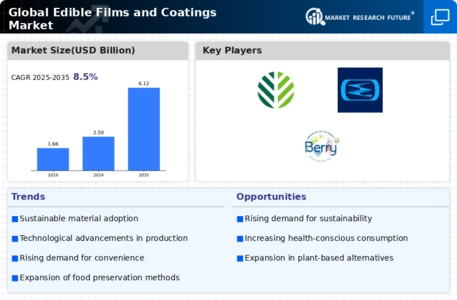
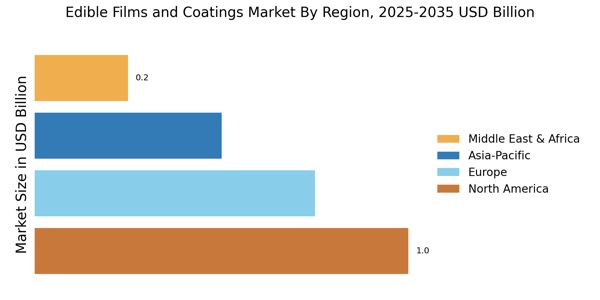
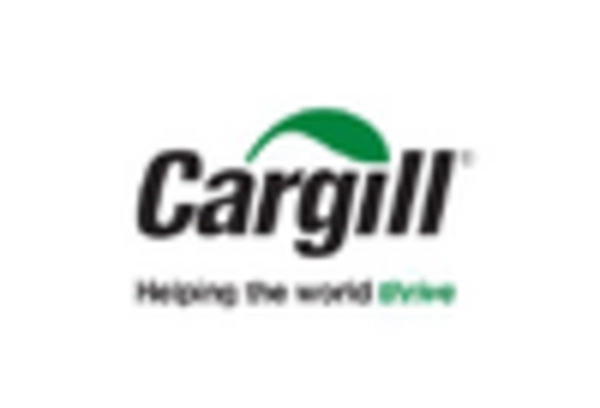
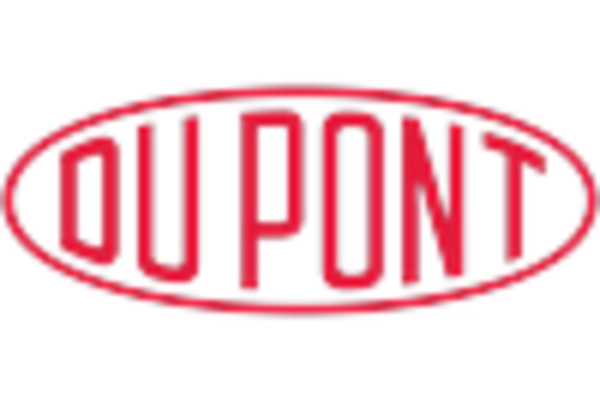
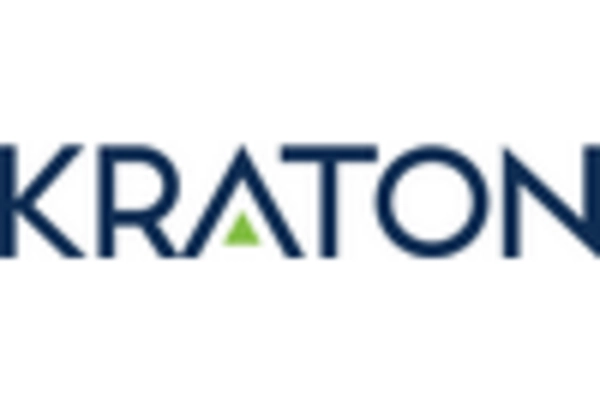











Leave a Comment